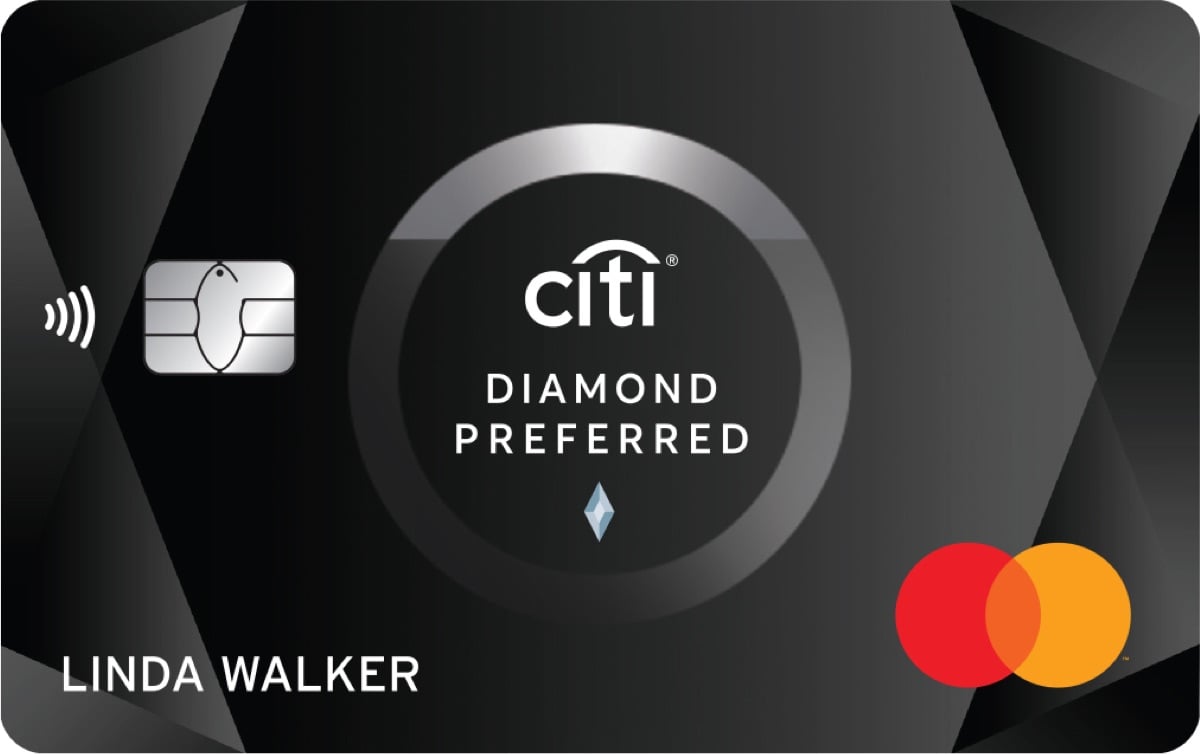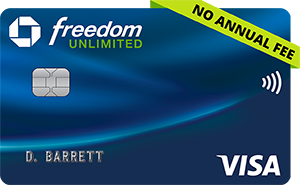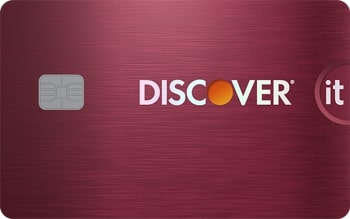BankAmericard Review: A Great Breather From Credit Card Interest
The Bottom Line
4.6
It's an efficient tool to help you whittle down debt. Just be aware that there's not a whole lot of value to be had once the 0% intro APR period ends.


Annual fee
$0
Rewards rate
N/A
Bonus offer
None
Intro APR
0% intro APR on Purchases for 18 billing cycles and 0% intro APR on Balance Transfers for 18 billing cycles for any balance transfers made in the first 60 days
Ongoing APR
APR: 15.24%-25.24% Variable APR
Cash Advance APR: See Terms
Balance transfer fee
3% for 60 days from account opening, then 4%
Foreign transaction fee
3%
- 0% Intro APR for 18 billing cycles for purchases, and for any balance transfers made in the first 60 days. After the Intro APR offer ends, a Variable APR that’s currently 15.24% - 25.24% will apply. A 3% Intro balance transfer fee will apply for the first 60 days your account is open. After the Intro balance transfer fee offer ends, the fee for future balance transfers is 4%. Balance transfers may not be used to pay any account provided by Bank of America.
- No annual fee.
- No penalty APR. Paying late won't automatically raise your interest rate (APR). Other account pricing and terms apply.
- Access your FICO® Score for free within Online Banking or your Mobile Banking app.
- Contactless Cards - The security of a chip card, with the convenience of a tap.
- This online only offer may not be available if you leave this page or if you visit a Bank of America financial center. You can take advantage of this offer when you apply now.
Pros and Cons
Pros
No annual fee
Intro APR period
Cons
Requires good/excellent credit
No ongoing rewards
Detailed Review
The BankAmericard® credit card isn't fancy, but it doesn't try to be. It's got one job — saving money on credit card interest — and it does it about as well as any card on the market.
The card's value derives largely from its 0% period. Beyond that, however, it lacks any of the flourishes you might be seeking in a credit card, such as ongoing rewards or even side perks. And that means there's little incentive to keep using it after the promotional APR expires.
There's a different (but similarly named) version of this card marketed to college students, called the BankAmericard® credit card for Students. Read our review of it here.
BankAmericard® credit card: Basics
Card type: Balance transfer and 0% APR.
Annual fee: $0.
Sign-up bonus: None.
Rewards: None.
Interest rate: 0% Intro APR for 18 billing cycles for purchases, and for any balance transfers made in the first 60 days. After the Intro APR offer ends, a Variable APR that’s currently 15.24%-25.24% will apply
Balance transfer fee: 3% for 60 days from account opening, then 4%.
Foreign transaction fee: 3%.
Compare to Other Cards
Benefits and Perks
It can help you pay off debt for little additional cost
The BankAmericard® credit card offers one of the longest 0% periods available anywhere, giving you a year and a half of relief from interest if you've got high-interest debt weighing you down or a big purchase you need to make. The annual fee is $0, and the transfer fee is a reasonable 3% for 60 days from account opening, then 4%.
It doesn't charge a penalty APR
With the BankAmericard® credit card, your interest rate won’t go through the roof after a late payment, as the card doesn't charge a penalty APR.
You’ll still have to pay a late fee if you miss a payment, though. And if you’re more than 30 days late, your credit could take a hit. But the lack of penalty APR can give you some peace of mind, and potentially save you some money.
Drawbacks and Considerations
It doesn't earn ongoing rewards
When you're paying down debt, rewards shouldn't be your primary concern. It's more important to minimize your costs. Even so, it is possible to find rewards-earning cards with no annual fee that also offer a 0% intro APR period on balance transfers.
These no-fee cards have value long after their 0% rates expire:
The Citi Double Cash® Card earns 2% cash back on all purchases: 1% when you buy something and 1% when you pay it off. It has a 0% intro APR on balance transfers for 18 months, and then the ongoing APR of 18.24%-28.24% Variable APR. The card's balance transfer fee is 3%, with a $5 minimum, as long as you transfer the balance within the first four months of account opening.
The Discover it® Cash Back has a 0% intro APR for 15 months on purchases and balance transfers, and then the ongoing APR of 18.24%-27.24% Variable APR. This card earns 5% cash back on rotating quarterly categories on up to $1,500 in purchases each quarter (after you activate those categories). All other purchases earn 1% back. Bonus categories in the past have included things like gas stations, grocery stores, restaurants and wholesale clubs. The introductory balance transfer fee is 3%, then up to 5% for future balance transfers (see terms).
To see how these cards compare with other balance transfer credit card options, see NerdWallet's roundup of best rated credit cards.
You can get a longer 0% period
The BankAmericard® credit card's introductory 0% APR period is solid, but it's not the longest offer available. If you need more time to pay off a balance, the Wells Fargo Reflect® Card could be a good option. You'll get a 0% intro APR for 21 months from account opening on purchases and qualifying balance transfers, and then the ongoing APR of 17.24%, 23.74%, or 28.99% Variable APR. Note, though, that the Wells Fargo Reflect® Card has a $5 or 5% balance transfer fee (whichever is greater). So if you don't need those extra three months to pay off your balance, the BankAmericard® credit card might still be a better choice.
How To Decide If It's Right For You
The BankAmericard® credit card is a solid option for anyone looking to zap debt. But if you're looking for a card you can continue using after you tackle that balance, you have alternatives, including ones that earn rewards.
Need more than a year to wipe out your debt? This card offers 0% intro APR on purchases for 12 months and 0% intro APR on balance transfers for 21 months, and then the ongoing APR of 17.24%-27.99% Variable APR. The annual fee is $0.
Looking For Something Else?
Methodology
NerdWallet reviews credit cards with an eye toward both the quantitative and qualitative features of a card. Quantitative features are those that boil down to dollars and cents, such as fees, interest rates, rewards (including earning rates and redemption values) and the cash value of benefits and perks. Qualitative factors are those that affect how easy or difficult it is for a typical cardholder to get good value from the card. They include such things as the ease of application, simplicity of the rewards structure, the likelihood of using certain features, and whether a card is well-suited to everyday use or is best reserved for specific purchases. Our star ratings serve as a general gauge of how each card compares with others in its class, but star ratings are intended to be just one consideration when a consumer is choosing a credit card. Learn how NerdWallet rates credit cards.
Frequently asked questions
The BankAmericard® credit card does not offer rewards. However, Bank of America® offers cash back and travel rewards cards that used to go by the name "BankAmericard," prior to mid-2017.
The balance transfer fee for the first 60 days from account opening is 3% of the amount transferred; after that, it's 4%.
The $0-annual-fee BankAmericard® credit card is a good option for paying down debt and for financing large purchases, but it doesn't have a lot of long-term value after the introductory 0% APR period for purchases and qualifying balance transfers ends.
The BankAmericard® credit card is a Mastercard.
You’ll need good to excellent credit, usually a credit score of at least 690, to qualify for the BankAmericard® credit card. Issuers also consider factors beyond credit score when evaluating applications, including your income and other debts.
About the authors

Claire Tsosie
Managing Editor


